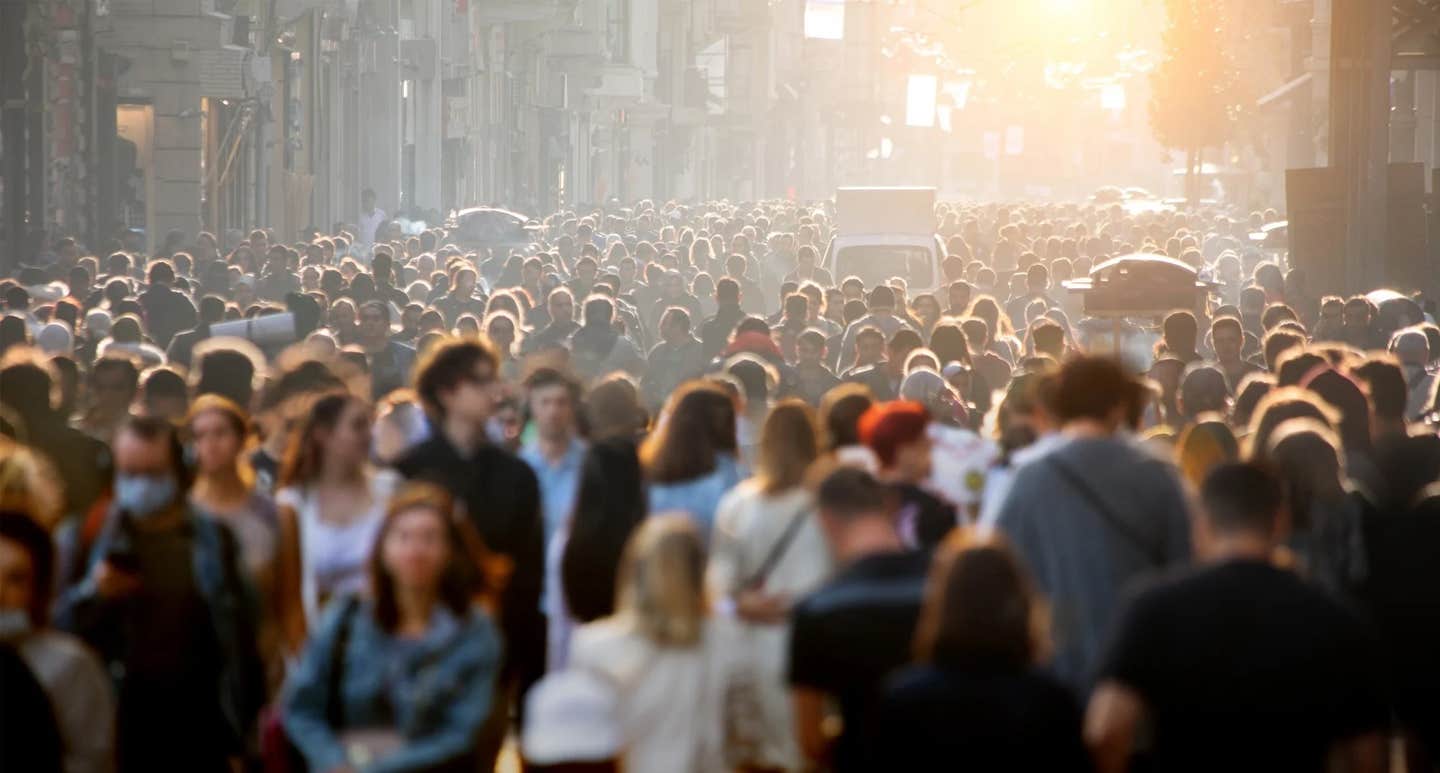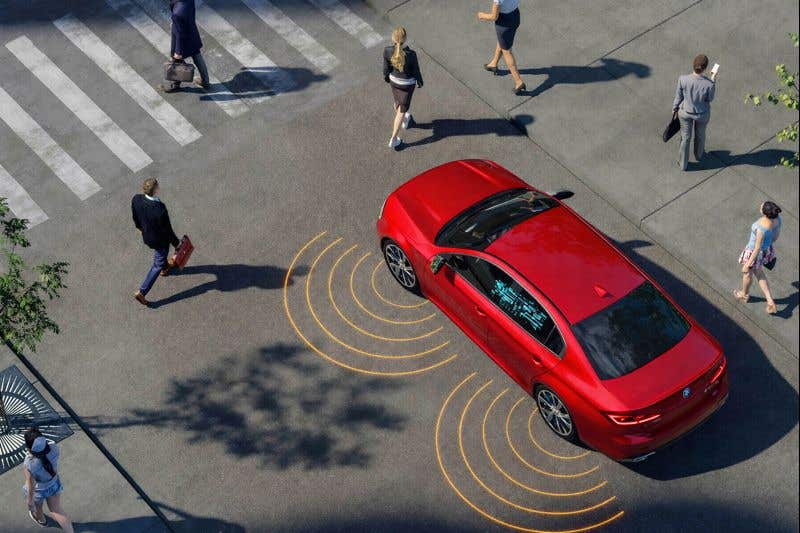Urban life is moving faster—but at the cost of connection
A new study finds people in U.S. cities walk faster and linger less in public spaces than they did 30 years ago. Here’s why.

Study shows faster walking and less lingering in U.S. cities, revealing big shifts in public space behavior. (CREDIT: Shutterstock)
The rhythm of city life has long been called “fast-paced,” but now there’s data to back that up—and it reveals something deeper about how people relate to public space. In three major U.S. cities—Boston, New York, and Philadelphia—people aren’t just walking faster than they did decades ago. They’re also spending less time lingering, talking, and gathering in public spaces. These findings come from a study that draws on decades-old video footage, updated with artificial intelligence to track how human behavior has shifted in city spaces over 30 years.
A team of researchers from institutions including MIT, Yale, Harvard, and the University of Hong Kong used deep learning and computer vision to analyze archived video recordings from 1979 to 1980. The original footage was captured by William Whyte, a noted urbanist who once redefined how people think about public design. The researchers then compared these older videos to matching footage shot in 2008 to 2010 at the same spots and times of day. They discovered that pedestrian behavior had changed in quiet but meaningful ways.
The average person walking through these spaces now moves 15% faster than their counterpart in 1980. The time people spend lingering in these locations has dropped by half. While the number of individuals walking alone has stayed almost the same—67% in 1980 compared to 68% in 2010—group encounters have decreased. Only 2% of people entering a public space in 2010 joined or formed a group, compared to 5.5% in 1980.
Speeding Through Instead of Stopping to Talk
Urban space has always reflected the habits and needs of the people moving through it. But something has shifted. According to Carlo Ratti, director of MIT’s Senseable City Lab and a co-author of the study, the way people use public areas today is less about connection and more about motion. “What we’re seeing here is that public spaces are working in somewhat different ways, more as a thoroughfare and less a space of encounter,” Ratti says.
The study was published in the Proceedings of the National Academy of Sciences. Its authors include Arianna Salazar-Miranda from Yale University, Zhuanguan Fan and Becky P.Y. Loo from the University of Hong Kong, Keith N. Hampton from Michigan State University, Edward Glaeser from Harvard, and researchers Michael Baick and Fabio Duarte.
While walking speed increased, what was perhaps more telling was the reduction in social interaction. The videos revealed that fewer people met up with others once they arrived. While most still arrived alone, they were more likely to remain alone as well. Salazar-Miranda says this shift in behavior has real consequences: “Public space is such an important element of civic life, and today partly because it counteracts the polarization of digital space.”
Related Stories
- Joby Aviation’s electric air taxi set to revolutionize urban mobility
- Urban Heat Crisis: How Strategic Tree Planting Makes a Difference
William Whyte’s Public Observations Go Digital
Whyte, once known for his book The Organization Man, spent the later years of his career filming people in public places. Between 1978 and 1980, he recorded pedestrian life at four key spots: Bryant Park and the steps of the Metropolitan Museum of Art in New York City, Chestnut Street in Philadelphia, and Downtown Crossing in Boston.
His work emphasized the value of unstructured social time in city life. The steps of the Met, in particular, were known for their energy—a place where strangers met, friends reunited, and people paused simply to watch others go by. These moments were more than visual snapshots; they captured the pulse of urban interaction.
In 2010, researchers led by Keith N. Hampton revisited these spots with cameras in hand. They recorded at the same times of day Whyte had, preserving the ability to make direct comparisons. The footage was digitized and run through artificial intelligence models trained to track walking speeds, crowd density, body language, and social behavior. While the computer analysis is a modern twist, the findings reflect something many longtime city residents already sense: people no longer treat these places as destinations in themselves. Instead, they’re increasingly walkways between destinations.
Technology, Coffee, and a New Social Landscape
What caused these changes? One possible factor is the rise of digital technology. When Whyte recorded his footage, there were no mobile phones or social media. People met by chance or by plan, often without texting first or coordinating exact times. Today, it’s common to message someone before stepping out, and to move from point A to point B with minimal pause in between.
“When you look at the footage from William Whyte, the people in public spaces were looking at each other more,” says Ratti. “It was a place you could start a conversation or run into a friend. You couldn’t do things online then. Today, behavior is more predicated on texting first, to meet in public space.”
Another factor might be the explosion of indoor social spaces. In 1980, big coffee chains like Starbucks didn’t exist on every city corner. If you wanted to sit and chat, the sidewalk, park bench, or museum steps were natural choices. Today, many people take their coffee and conversation indoors. Air conditioning, Wi-Fi, and cushioned seats draw people away from public squares and toward commercial establishments. The study even mentions this shift explicitly, noting that outdoor group socializing may have “moved… into air-conditioned, more comfortable private spaces.” That move has left public squares a little emptier, and a little less lively.
Public Spaces and Civic Life
The decline in public lingering and social interaction raises new questions for urban designers and city planners. If people no longer use public space in the same way, should cities rethink how they build and maintain these areas? Or should they work harder to make public spaces more inviting, reclaiming them as places for spontaneous community?
Ratti and his team believe the answers could come from gathering more data. Their lab is now working on a large-scale project that studies public spaces in Europe. “We are collecting footage from 40 squares in Europe,” says Duarte. “The question is: How can we learn at a larger scale? This is in part what we’re doing.”
As more of daily life moves indoors or online, public space may become one of the few remaining arenas for real-world interaction. And as cities grow more dense and diverse, those interactions matter more than ever. People don’t just need faster sidewalks; they need places to pause, talk, and reconnect.
While you may not notice the change day to day, city life is speeding up—and that pace affects how people relate to each other. Whether it’s because of texting, coffee shops, or shifting habits, public spaces have lost some of their former spark. But understanding how and why that happened may be the first step in bringing some of that spark back.
Note: The article above provided above by The Brighter Side of News.
Like these kind of feel good stories? Get The Brighter Side of News' newsletter.



